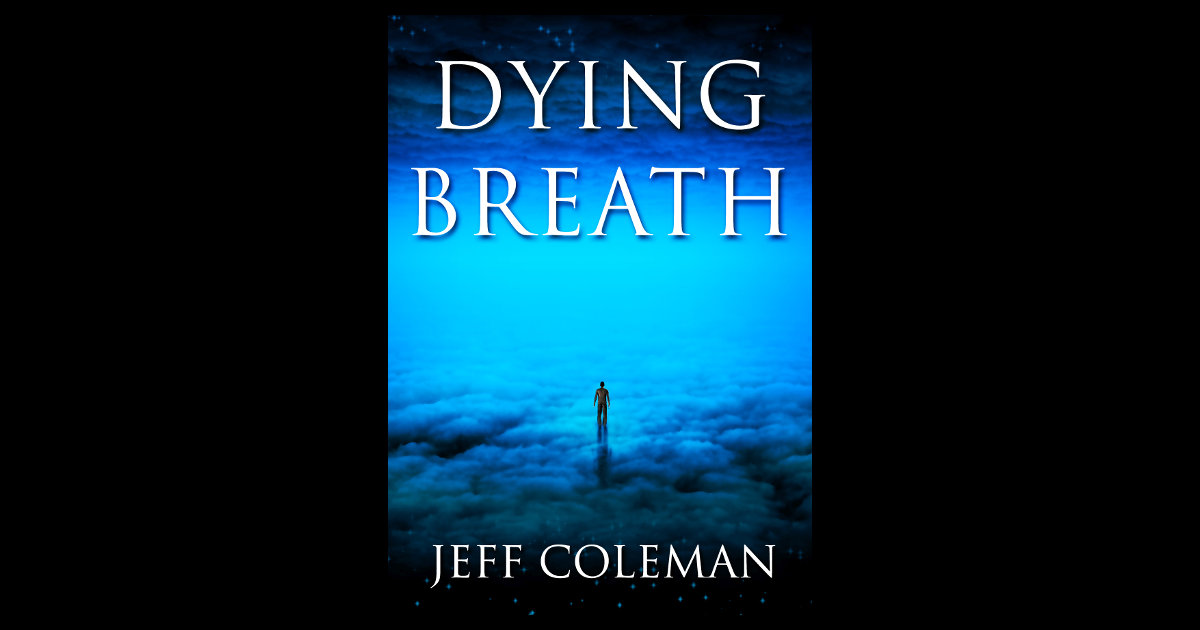The Cup

The cup is full.
I place it to my lips, tilt my head back, and drink.
The cup is empty.
I return it to the table beside the TV and go to work. When I come home again at six thirty—when I sit once more before the table, remote in hand, ready to drown myself in a hurricane of commercials and prime time programming—I reach for it again.
The cup is full.
I don’t know where it came from. I don’t know how or why it works. I only know that it’s a family heirloom, passed down to me by my mother and passed down to her by her mother before her—an ancient artifact, filigreed in untarnished silver and embossed in gold relief. Its means of production unknown, it is both a paradox and a mystery, a bold and strident reminder of all the things in the world we have yet to understand.
The liquid that materializes inside is tangy, salty, sweet. Like a gourmet meal. Like a decadent dessert. It has nourished me two to three times per day since I inherited the cup at the tender age of eighteen.
How much good could such a relic accomplish in a world ravaged by hunger and thirst? Yet it has somehow managed to fall into my lap, into that of a single middle class, middle-aged man with a decent job, a steady income, and plenty of food at his disposal.
A cruel and senseless joke, I think, setting it down on the table once more. But then the world is a savage and irrational place. It knows not of justice and balance, only of chaos and disorder.
With no children of my own, I sometimes wonder what will happen to the cup after I’m gone. Will it rot in a box, forgotten now that its stewards are no more? Or will someone happen upon it by accident, take it for their own, and start a new tradition?
I shift in my seat, dangerously close to a maddening truth I dare not think about for very long, and let the flickering pictures on the TV deliver me into oblivion.
Enter your email address and click "Submit" to subscribe and receive The Sign.
